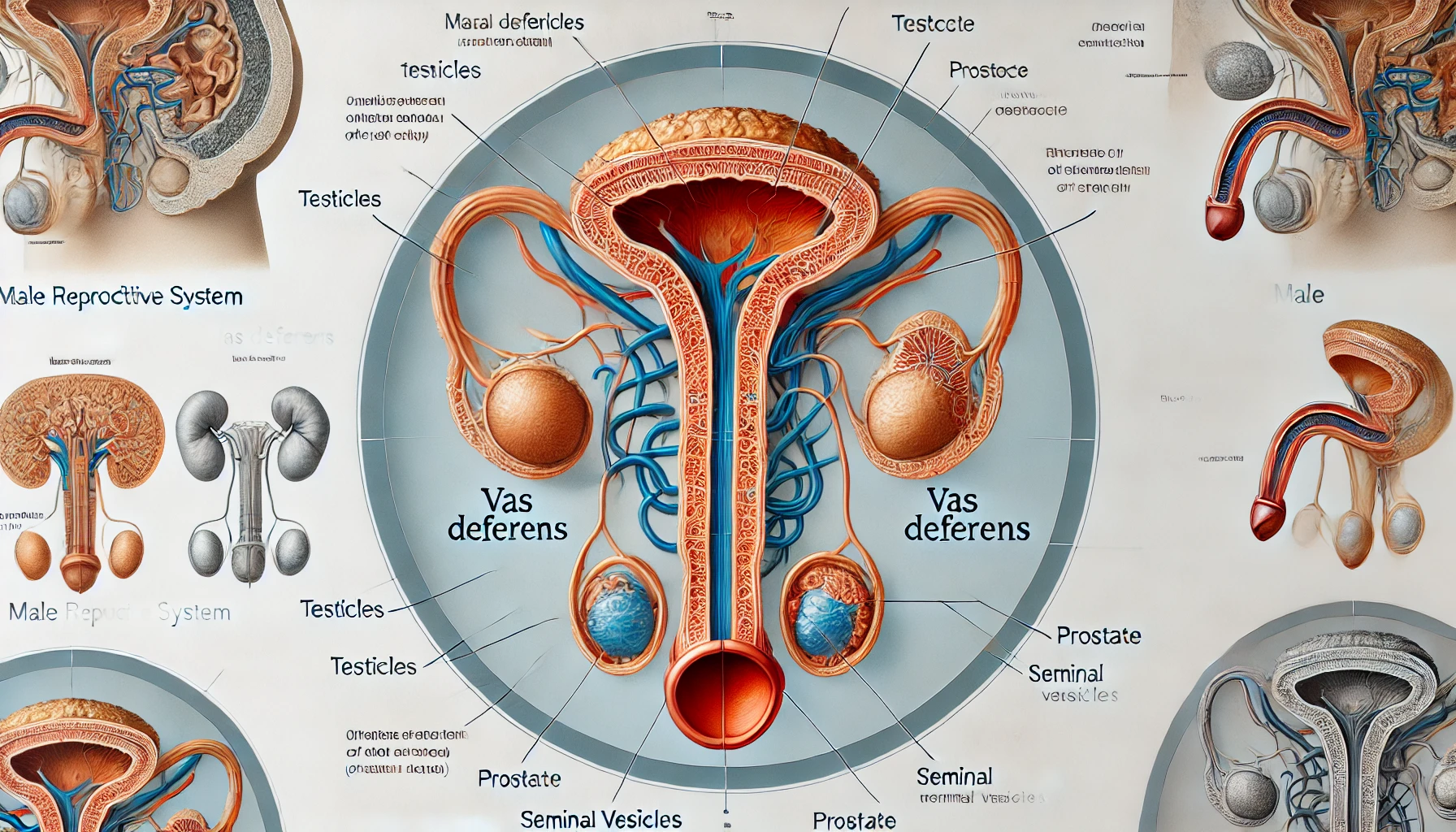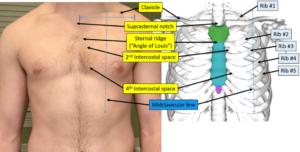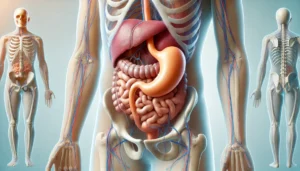The human body is full of fascinating parts, each with its own unique role. One such part is the vas deferens, a small but crucial tube in the male reproductive system. While it might not get much attention, the vas deferens plays a big role in how the body works, especially when it comes to reproduction. This article will help you understand what the vas deferens is, why it’s important, and how it functions in a simple, easy-to-read way. So, let’s dive in!
What is the Vas Deferens?
The vas deferens is a tube found in the male body, specifically as part of the reproductive system. Its main job is to transport sperm. The sperm, which is made in the testicles, needs a way to travel to other parts of the reproductive system. This is where the vas deferens comes in. Think of it as a road that helps the sperm move from the testicles to other places where it can mix with fluids and become part of the semen.
The vas deferens is actually quite long. It starts at the testicles, loops up into the body, and eventually connects with other tubes near the bladder. While you can’t see or feel it, the vas deferens is always doing its job behind the scenes.
The Function of the Vas Deferens
The main function of the vas deferens is to transport sperm during ejaculation. When a man ejaculates, the sperm that has been stored in a special place called the epididymis is pushed into the vas deferens. This tube then moves the sperm forward so it can mix with other fluids from the seminal vesicles and the prostate gland. Once mixed, this fluid becomes semen, which is what leaves the body during ejaculation.
Without the vas deferens, sperm would not be able to travel to the necessary places to mix with other fluids. This means that the vas deferens is essential for fertility in men. If this tube is blocked or damaged, it can make it hard or even impossible for sperm to be released, which could affect a man’s ability to have children.
Where is the Vas Deferens Located?
The vas deferens is located inside the male reproductive system. To be more specific, it starts in the scrotum, which is the pouch that holds the testicles. From there, the tube travels up into the body through something called the inguinal canal, a passageway in the lower part of the abdomen. It then loops around and connects to the urethra, which is the tube that carries urine and semen out of the body.
Even though the vas deferens is hidden inside the body, it plays a critical role in reproduction. It connects different parts of the reproductive system, allowing sperm to travel safely from the testicles to the urethra.
Vas Deferens and Vasectomy
You might have heard the term “vasectomy” before. This is a common surgical procedure that involves cutting or blocking the vas deferens. A vasectomy is often done as a form of permanent birth control for men who do not want to have more children.
During a vasectomy, the doctor makes a small cut in the scrotum and either removes part of the vas deferens or blocks it. This prevents sperm from traveling through the tube, meaning that no sperm is present in the semen. Since the sperm can no longer reach the urethra, it is impossible for the man to cause a pregnancy.
It’s important to note that after a vasectomy, the testicles still produce sperm, but the sperm can’t travel through the vas deferens. Over time, the body absorbs the sperm naturally.
What Happens If the Vas Deferens is Blocked?
Sometimes, the vas deferens can become blocked due to injury, infection, or even from birth. When this happens, sperm cannot pass through the tube, which can lead to problems with fertility. Men with blocked vas deferens might not have any symptoms, but if they are trying to have children and can’t, a doctor may check for blockages.
In some cases, surgery can help fix a blocked vas deferens, allowing sperm to flow freely again. Other times, doctors may recommend treatments like in-vitro fertilization (IVF) to help a couple conceive if the blockage cannot be fixed.
How to Keep the Vas Deferens Healthy
Just like other parts of the body, it’s important to take care of your reproductive system, including the vas deferens. Here are some tips for keeping it healthy:
- Maintain a Healthy Lifestyle – Eating nutritious foods and staying active can help keep your entire body in good shape, including your reproductive organs.
- Avoid Infections – Sexually transmitted infections (STIs) can sometimes lead to blockages or other issues in the vas deferens. Practicing safe sex and getting regular health checkups can reduce the risk.
- Regular Checkups – Regular visits to a doctor can help spot any potential problems early on. If you notice any pain or unusual symptoms, it’s important to get them checked out right away.
- Avoid Injury – The testicles and surrounding areas are sensitive. Injuries to the scrotum could damage the vas deferens, so it’s important to wear protective gear during sports or other activities that might cause harm.
Fun Facts About the Vas Deferens
- It’s Long – The vas deferens is about 30 centimeters (12 inches) long!
- It’s a Road for Sperm – The vas deferens is a critical part of the journey for sperm. Without it, sperm wouldn’t be able to travel to the right places for reproduction.
- Vasectomy Doesn’t Stop Other Functions – Even though a vasectomy stops sperm from traveling, it doesn’t affect other aspects of the reproductive system like hormone production.
Conclusion
The vas deferens might be a small tube, but it has a big role in the male reproductive system. Whether it’s transporting sperm during ejaculation or being involved in procedures like vasectomy, this tube is essential for fertility and reproduction. By understanding the vas deferens and how it works, we can appreciate its importance and how it contributes to the body’s overall functioning.
Taking care of your body and getting regular health checkups can help ensure that your vas deferens stays healthy. Whether you’re thinking about fertility or just curious about how your body works, it’s always a good idea to know the role that each part plays.













